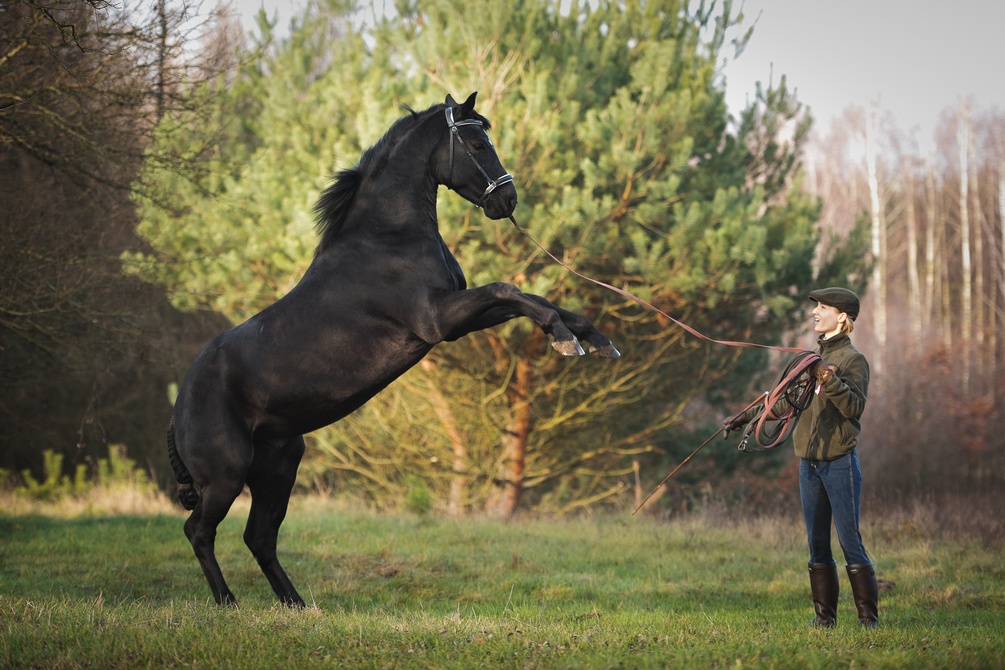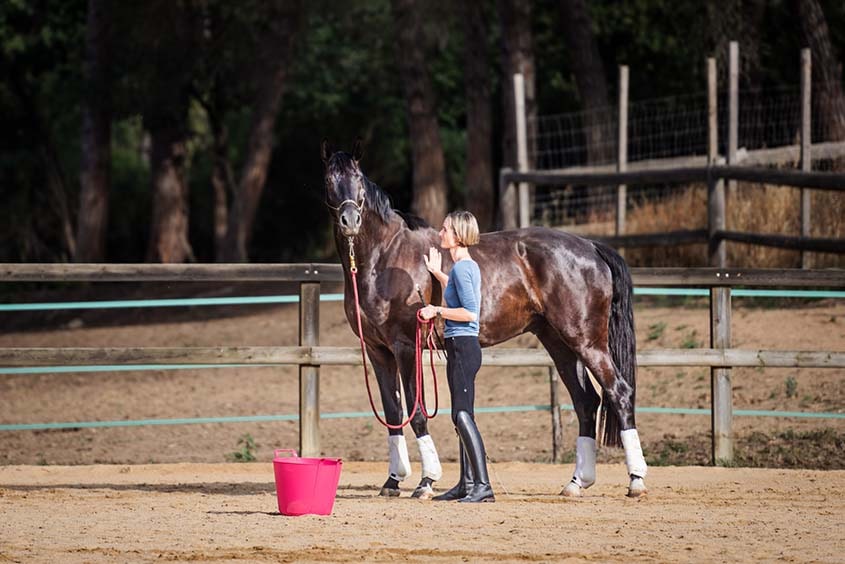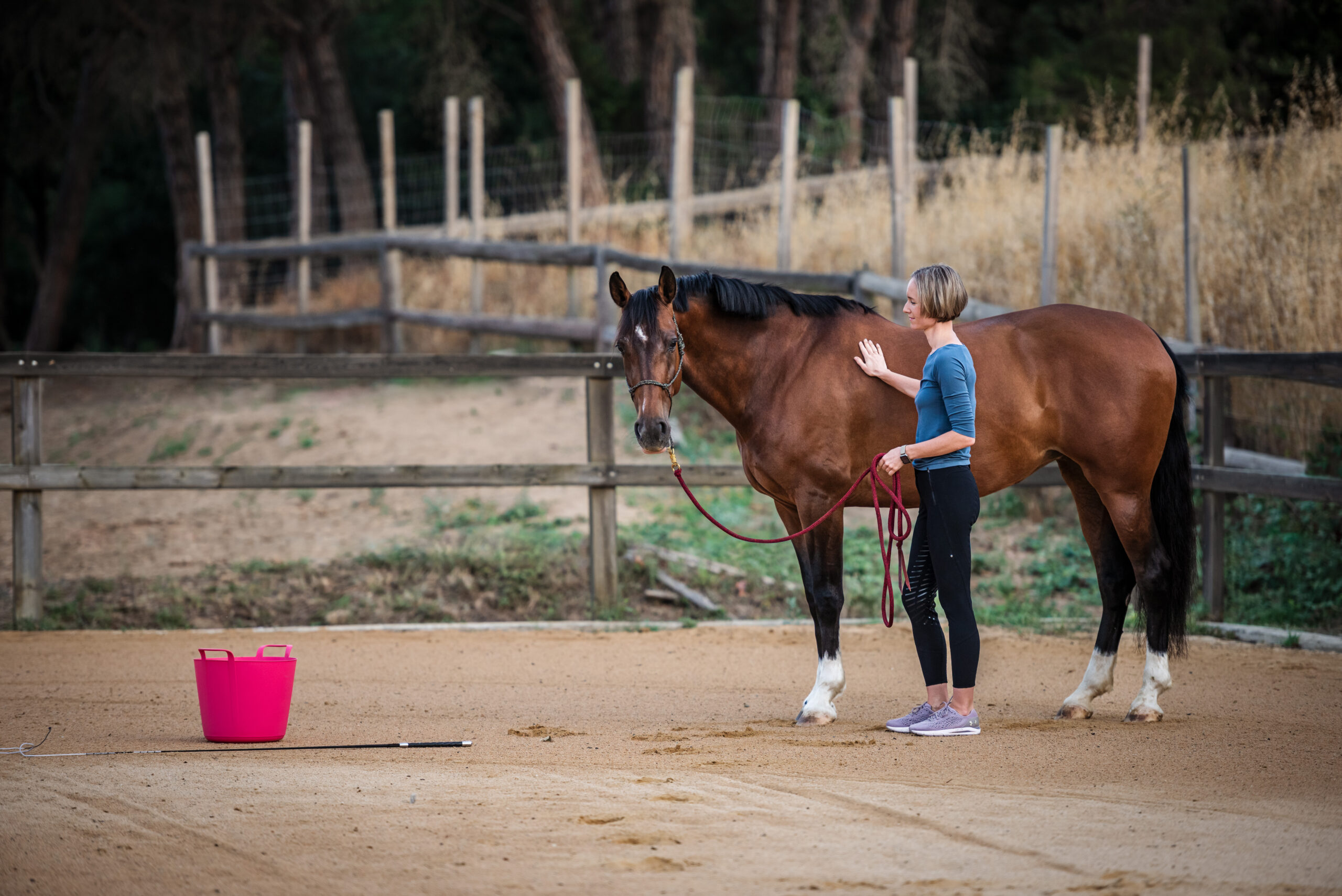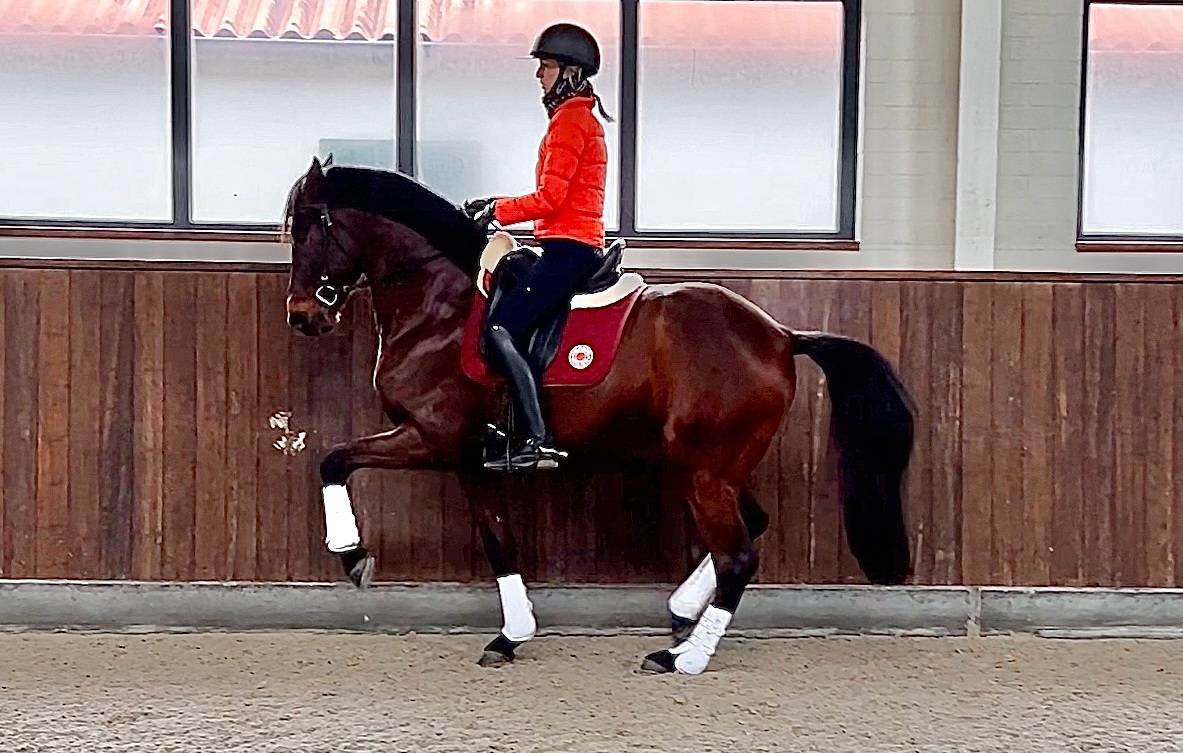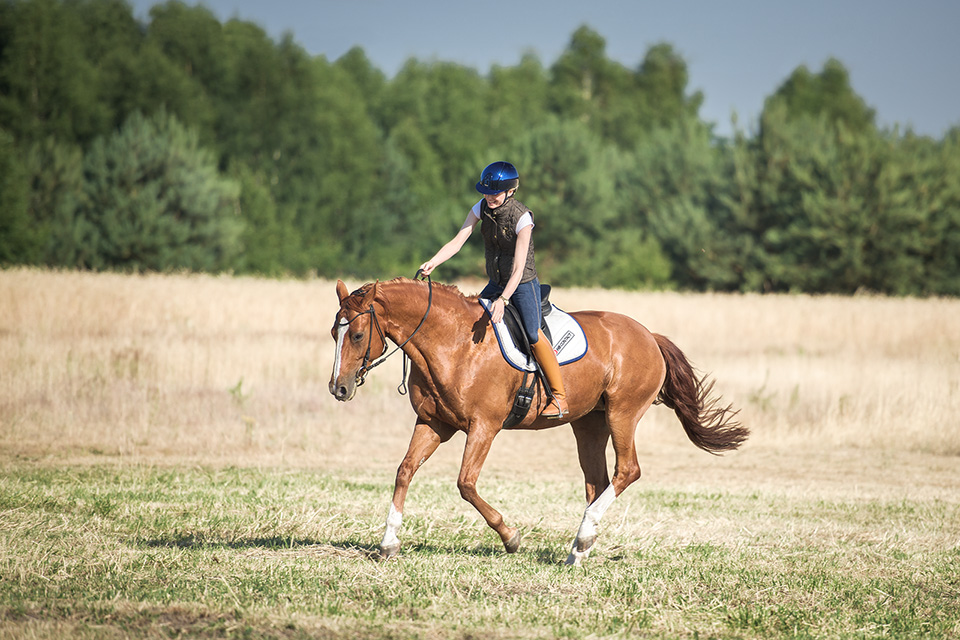Welcome to the 4th Module of Anna’s Riding Method: Riding through the turns and circles! At the heart of Anna’s Riding Method lies a fundamental principle: riding in harmony with the horse, not against it. Our method of riding transcends traditional techniques, offering a unique perspective that emphasises the horse’s natural movement and the natural
https://vimeo.com/854147695/1229188dba?share=copy https://vimeo.com/854156242/f393c80495?share=copy
It is crucial for every rider and horse trainer to understand the movement based on tendons. This occurs when a horse uses the energy stored in the elastic tendons, similar to rubber band but harder, instead of the energy produced by the muscles. Movement based on tendons is similar to throwing a ball on the
When teaching and giving clinics around the world I have noticed something quite remarkable. When a skilled rider with passive, relaxed hands mounts a horse, the horse’s movement improves drastically. This phenomenon occurs without any specific training or preparation. It’s fascinating to witness how a simple change in the rider’s hand position can alter the
It’s important to recognise common mistakes and misconceptions related to using hands during horse riding. Let’s take a look at a few of these errors that you may encounter during your riding career. Firstly, pulling on the reins with excessive force is a common mistake. This practice is not a proper technique in horse riding
